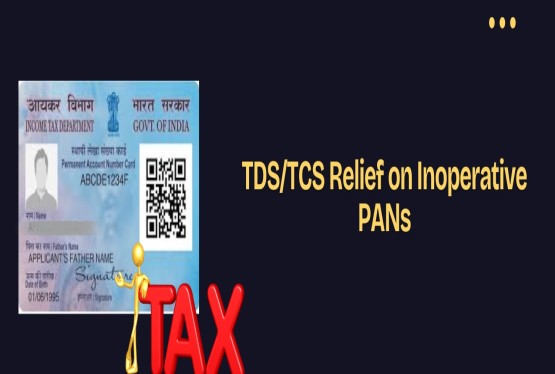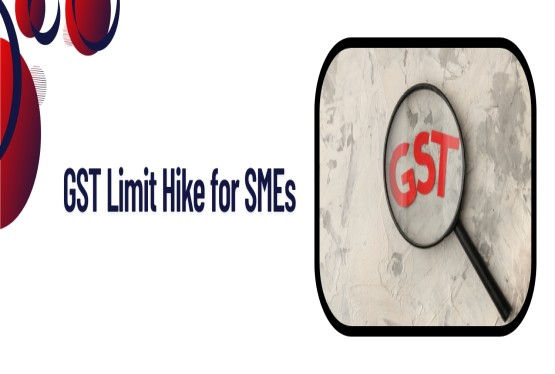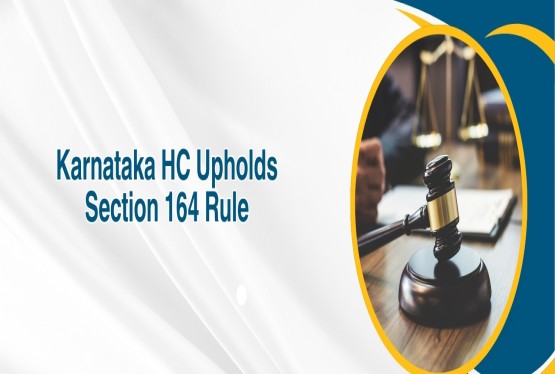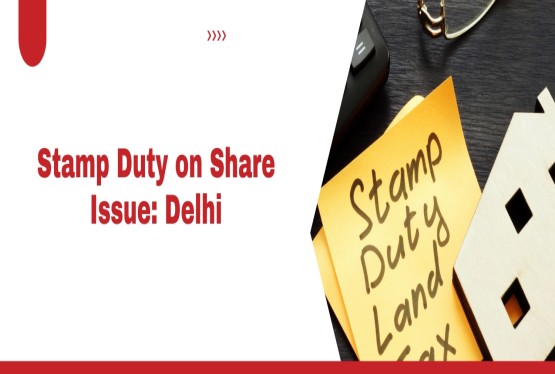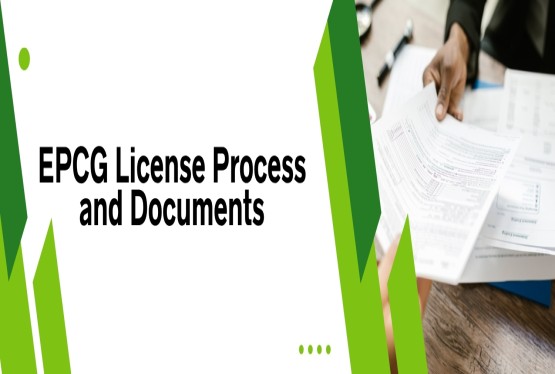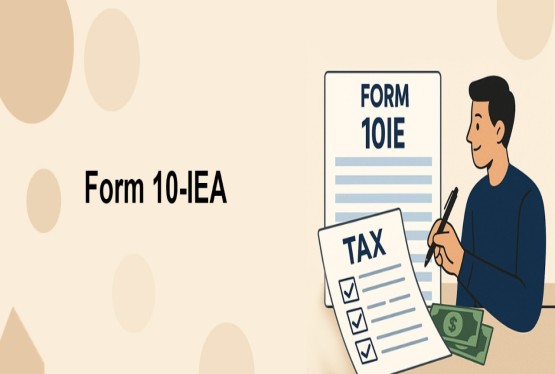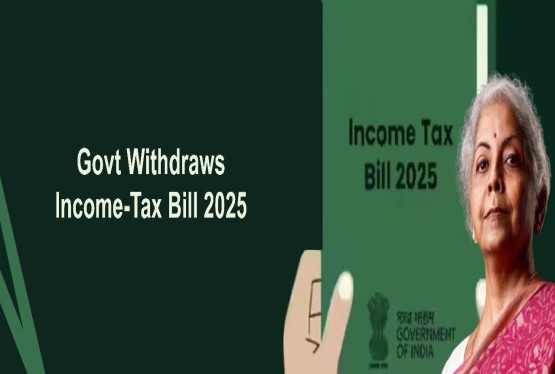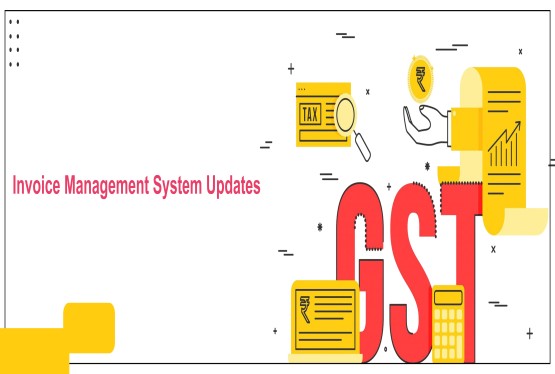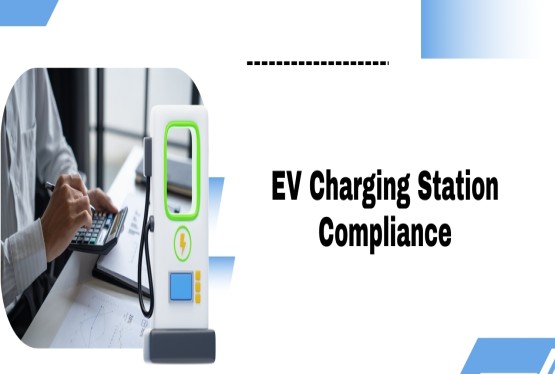Stamp duty and registration charges are important components in the process of buying or selling property in India. In the state of Uttar Pradesh (UP), these charges are mandatory and are regulated by the state government. Knowing about these charges is important for any property buyer as it directly impacts the overall cost of the property transaction. In this article, we will explain in detail everything you need to know about stamp duty and registration charges in Uttar Pradesh in 2025, how these charges are calculated, the different types of deeds and their respective charges, and the exemptions provided by the UP government.
What is Stamp Duty in Uttar Pradesh?
Stamp duty in Uttar Pradesh is a tax levied by the state government when property ownership is transferred from one person to another. This tax needs to be paid at the time of registering the property transaction. The purpose of stamp duty is to make the property transaction legally valid and to maintain a proper record of ownership. According to the Uttar Pradesh Registration Act of 1908, any property transaction involving an immovable asset worth more than Rs. 100 must be registered with the sub-registrar's office, and stamp duty must be paid to complete the process.
The stamp duty in UP varies based on the type of transaction, the relationship between the buyer and the seller, and the gender of the buyer. The government of Uttar Pradesh has introduced several concessions to reduce the financial burden on buyers, especially when the property is transferred among blood relatives.
Stamp Duty Rates and Registration Charges in UP in 2025
In 2025, the government of Uttar Pradesh has maintained fixed stamp duty and registration charges based on the gender of the property buyer and the ownership pattern. The charges are calculated as a percentage of the property’s market value. Below are the rates:
-
Female: Registration charge – 1%, Stamp duty – 6%
-
Male: Registration charge – 1%, Stamp duty – 7%
-
Joint (Female + Female): Registration charge – 1%, Stamp duty – 6%
-
Joint (Female + Male): Registration charge – 1%, Stamp duty – 6.5%
-
Joint (Male + Male): Registration charge – 1%, Stamp duty – 7%
These rates are consistent across all cities and towns in Uttar Pradesh.
Uniformity Across Cities in UP
Unlike some states where stamp duty and registration charges vary across different cities or zones, Uttar Pradesh has a uniform structure. Whether you are purchasing property in Lucknow, Kanpur, Varanasi, or any other city, the same rates apply. This simplifies the process for buyers and provides clarity during transactions. For joint ownership, the stamp duty is calculated based on the combination of genders involved, as detailed in the previous section.
Stamp Duty for Different Deeds in Uttar Pradesh
Stamp duty is not limited to property sale deeds alone. It is also applicable to several other legal documents, commonly referred to as deeds. Each type of deed carries a different rate of stamp duty, depending on its nature and purpose. Here are the applicable rates for various deeds in Uttar Pradesh in 2025:
-
Will Deed: Rs. 200
-
Exchange Deed: 3% of the property’s market value
-
Gift Deed: 7% of the property’s market value
-
Gift Deed among blood relatives: Rs. 5,000
-
Lease Deed: Rs. 200
-
Agreement Deed: Rs. 10
-
Divorce Deed: Rs. 50
-
Bond Deed: Rs. 200
-
Adoption Deed: Rs. 100
-
Notary Deed: Rs. 10
-
Affidavit Deed: Rs. 10
-
General Power of Attorney: Rs. 10 to Rs. 100 (depending on the nature of the power granted)
-
Special Power of Attorney: Rs. 100
These charges are standardized and applicable throughout the state, making it easier for individuals to understand and plan for their transactions.
Registration Charges in Uttar Pradesh in 2025
Apart from stamp duty, buyers must also pay registration charges to officially register the property in their name. In Uttar Pradesh, the registration charge is 1% of the property’s market value. This rate remains the same across all cities and does not vary with gender or type of deed. For instance, whether you are registering a property in Agra or Ghaziabad, the registration charge will be 1% of the property’s value.
How to Calculate Stamp Duty in UP?
Calculating stamp duty in Uttar Pradesh is based on the market value of the property or the circle rate, whichever is higher. Circle rate is the minimum rate set by the government for property transactions in a particular area. Even if the actual transaction value is lower than the circle rate, the stamp duty will still be calculated based on the circle rate.
Here is an example to understand this better:
Let’s say Anmol buys a house for Rs. 90 lakhs, and he is a male buyer. The circle rate of the property is Rs. 1 crore. The stamp duty will be calculated as:
-
Stamp Duty: Rs. 1,00,00,000 x 7% = Rs. 7,00,000
-
Registration Charges: Rs. 1,00,00,000 x 1% = Rs. 1,00,000
In this case, even though the purchase value is Rs. 90 lakhs, stamp duty is calculated on the higher circle rate of Rs. 1 crore.
If Anmol had bought the property at Rs. 1.10 crore, the calculations would be:
-
Stamp Duty: Rs. 1,10,00,000 x 7% = Rs. 7,70,000
-
Registration Charges: Rs. 1,10,00,000 x 1% = Rs. 1,10,000
This method ensures that stamp duty reflects the actual or minimum market value of the property and prevents undervaluation in property transactions.
How to Pay Stamp Duty in Uttar Pradesh?
The Uttar Pradesh government provides an online platform to facilitate the payment of stamp duty and registration charges. Here are the steps to make the payment:
-
Visit the official website of the Uttar Pradesh Stamp and Registration Department.
-
Go to the 'Property Registration' section and click on ‘Apply’.
-
Select ‘New Registration’ to generate a new application number.
-
Fill in the required details about the property in the form provided.
-
Once the details are submitted, proceed to make the payment as per the applicable stamp duty and registration charges.
This online system simplifies the payment process and ensures transparency. It also helps in avoiding long queues and reduces the chances of fraud.
Exemptions and Concessions on Stamp Duty in Uttar Pradesh
The Uttar Pradesh government offers several exemptions and concessions to promote investments and ease the financial burden on certain groups of buyers. These exemptions are part of larger initiatives such as attracting foreign investments and boosting industrial development.
One such initiative is the PLEDGE scheme, which is aimed at encouraging the development of private industrial parks. Under this scheme, the following concessions are provided:
-
Women entrepreneurs purchasing industrial land within PLEDGE-developed parks receive a 100% exemption on stamp duty.
-
Buyers investing in central regions of Uttar Pradesh receive a 75% rebate on stamp duty.
-
Buyers purchasing land in Gautam Buddha Nagar are eligible for a 50% rebate.
-
Buyers in Eastern Uttar Pradesh and Bundelkhand are given a 100% rebate on stamp duty.
These exemptions encourage investment in underdeveloped regions and promote balanced regional growth across the state.
Conclusion
Understanding stamp duty and registration charges in Uttar Pradesh is important for anyone planning to buy or sell property in the state. These charges form a significant part of the transaction cost and must be planned accordingly. In 2025, the government has maintained a clear and consistent policy across cities and towns in UP, making it easier for citizens to understand their financial obligations.
The government’s efforts to offer exemptions and rebates, especially for transactions among blood relatives and for women entrepreneurs, reflect its commitment to easing the property registration process and promoting economic development. Paying the correct stamp duty ensures the legal validity of the transaction and provides security to the buyer. Always ensure you check the current rates and complete all formalities to avoid any legal complications in the future.
If you have any queries or need any support connect with Compliance Calendar LLP experts through email at info@ccoffice.in or Call/Whatsapp at +91 9988424211.
FAQs
Q1. What is stamp duty, and why is it important in Uttar Pradesh?
Ans. Stamp duty is a tax imposed by the Uttar Pradesh state government when there is a transfer of property ownership. It serves as legal proof of ownership and must be paid during the property registration process. Without paying stamp duty, the property transaction is not considered legally valid.
Q2. How are stamp duty and registration charges calculated in Uttar Pradesh?
Ans. Stamp duty and registration charges in Uttar Pradesh are calculated based on the higher of the property's sale value or circle rate. The stamp duty rate varies by gender and ownership type, while the registration charge remains fixed at 1% of the property’s market value for everyone.
Q3. Do stamp duty rates differ across cities in Uttar Pradesh?
Ans. No, stamp duty rates are uniform throughout the state. Whether the property is located in Lucknow, Varanasi, Kanpur, or any other city in Uttar Pradesh, the applicable rates remain the same for all locations.
Q4. Are there any discounts or exemptions on stamp duty in Uttar Pradesh?
Ans. Yes, the Uttar Pradesh government offers exemptions in certain situations. For instance, if the property is transferred among blood relatives, the stamp duty is reduced to Rs. 5,000. Under the PLEDGE scheme, industrial buyers and women entrepreneurs may receive up to 100% exemption, depending on the location of the property.
Q5. How can I pay stamp duty in Uttar Pradesh?
Ans. You can pay stamp duty online through the official website of the Uttar Pradesh Stamp and Registration Department. The process involves registering on the portal, filling in property details, and making the payment online through the portal’s secure payment gateway.
Q6. What happens if I pay less than the required stamp duty amount?
Ans. Paying less than the applicable stamp duty can lead to legal complications. The property document may be considered invalid, and you may also be fined by the authorities. It is mandatory to pay the correct stamp duty based on the circle rate or actual property value, whichever is higher.
Q7. What are the stamp duty charges for a gift deed between family members in UP?
Ans. For a gift deed executed between blood relatives, the stamp duty is Rs. 5,000, regardless of the property's market value. However, if the gift deed is between unrelated parties, the stamp duty is 7% of the property’s market value, along with the 1% registration charge.








_crop10_thumb.jpg)




































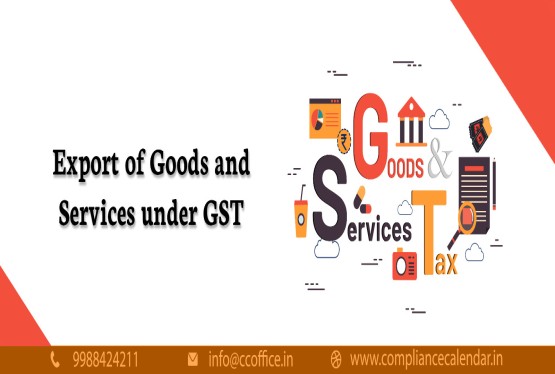













































_for_FY_2025-26_crop10_thumb.jpg)



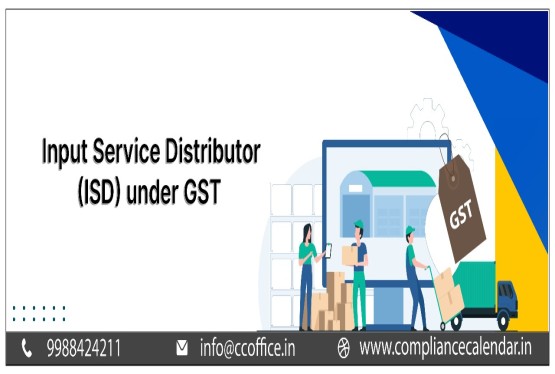








_learn_crop10_thumb.jpg)








_Filing_Due_Dates_for_FY_2024-25_learn_crop10_thumb.jpeg)
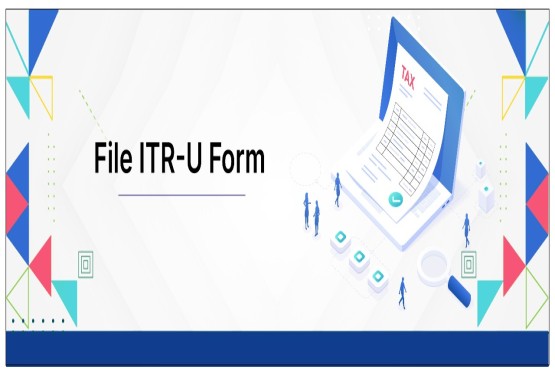
























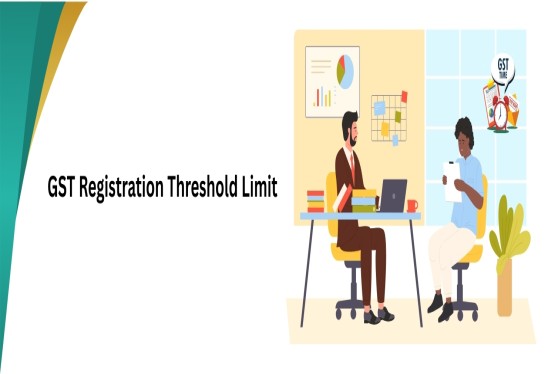
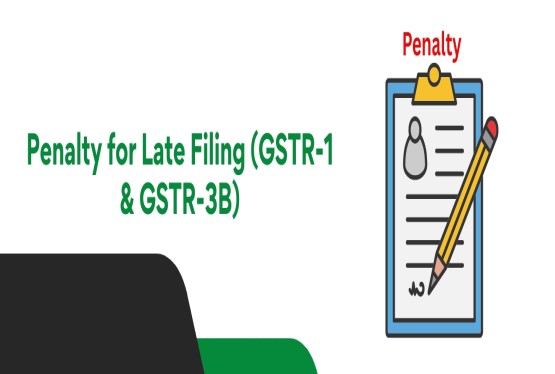












_of_GST_Act_learn_crop10_thumb.jpg)










_Under_GST_learn_crop10_thumb.jpg)









_crop10_thumb.jpg)


_crop10_thumb.jpg)






_learn_crop10_thumb.jpg)





















_of_the_Income_Tax_Act_learn_crop10_thumb.jpg)



_learn_crop10_thumb.jpg)






_learn_crop10_thumb.jpg)






_crop10_thumb.jpg)




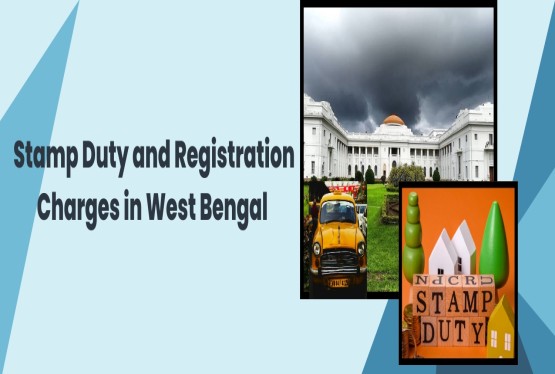















_in_The_Income_Tax_Act,_1961_learn_crop10_thumb.jpg)



_learn_crop10_thumb.jpg)



_of_the_Income_Tax_Act_learn_crop10_thumb.jpg)

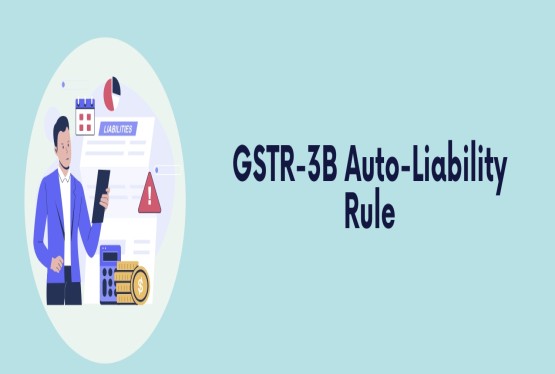
_Of_Income_Tax_Act_learn_crop10_thumb.jpg)








_learn_crop10_thumb.jpg)








_learn_crop10_thumb.jpg)
_crop10_thumb.jpg)

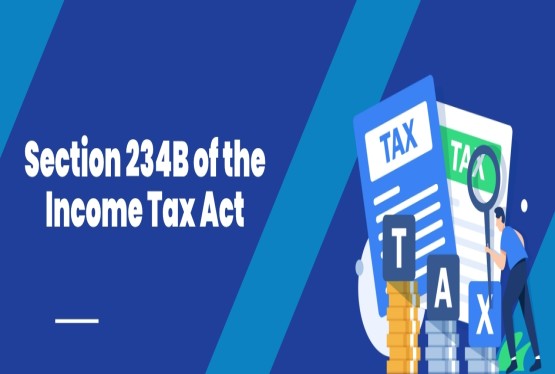




















_learn_crop10_thumb.jpg)
_for_Import_and_Export_learn_crop10_thumb.jpg)











